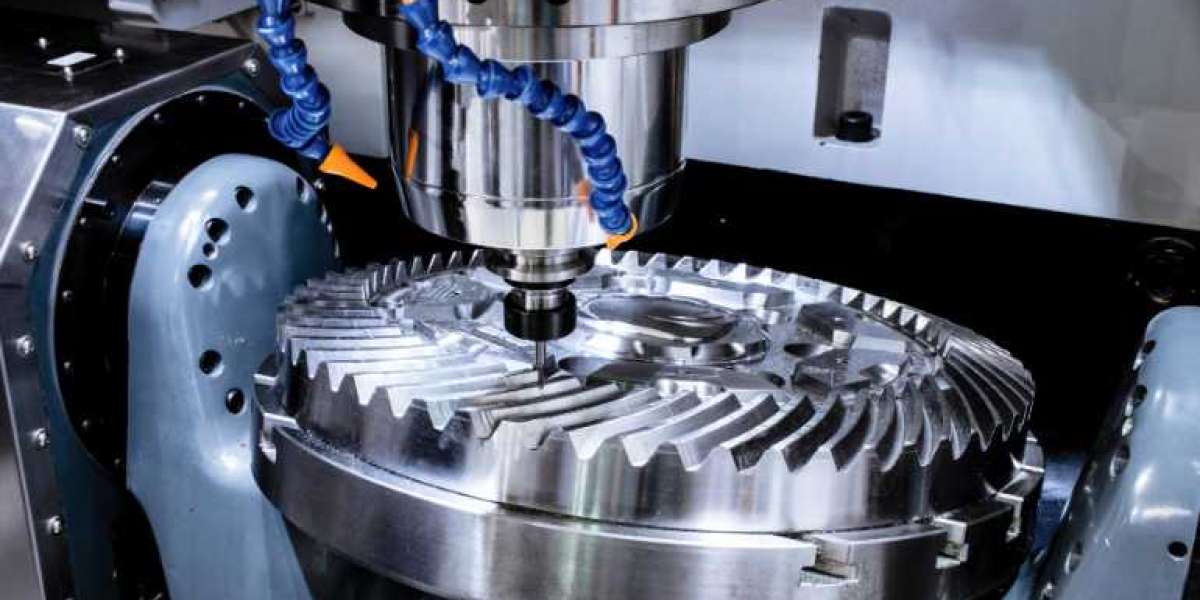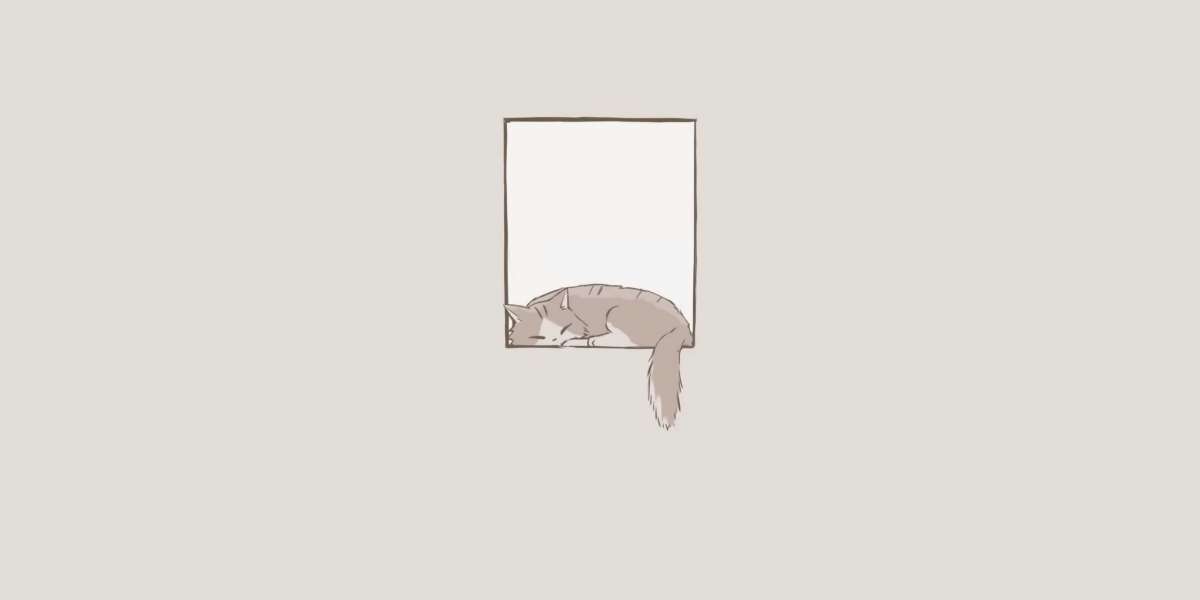Because the mold is able to support intricate patterns and designs, it is suitable for a wide variety of applications, ranging from simple castings for home foundries to complex components for industrial use. This is due to the fact that the mold is capable of supporting intricate patterns and designs. This is because the mold is able to support intricate patterns and designs without any problems. The use of ceramic molds offers a variety of additional advantages that cannot be overlooked. The process of casting in a ceramic mold can be utilized in a wide variety of contexts.
What exactly does it mean when someone says they cast something using a ceramic mold? This manufacturing process is used to create tools and parts that have fine details and high dimensional accuracy. Dimensional accuracy refers to the degree to which one can measure something exactly. Ceramic materials are used as the mold material, and the molds themselves are formed in order to cast end-use items, most frequently through processes involving metal casting. Because ceramic molds themselves are thrown away after each use, they need to be recreated each time with the assistance of patterns made from materials that can be reused and are more cost-effective, such as metals, plastics, wood, or rubber. This is because the ceramic molds themselves are thrown away after each use.
Where did the method of casting objects by using molds made of ceramic first start being used?
The moment that people first realized that fire could be used to their advantage was the beginning of the process that would later come to be known as ceramic molding
The procedure that would later be referred to as ceramic molding had just gotten its start at this point
Ancient civilizations were able to produce both useful objects and intricate works of art by combining clay with fire, which allowed for the creation of the former
These works of art and objects combined the two different types of material
The process of making pottery has developed over the course of time, and the production of straightforward vessels has given way to the use of ceramics in a significantly broader variety of applications
Some of these applications are significantly more difficult than others, such as the use of ceramic mold casting, but overall, the process of making pottery has become more complex
What are the different stages that make up the process of casting ceramic molds? The first thing that needs to be done in order to complete the process is to create a pattern that is meant to be an exact copy of the component that is going to be manufactured. When the mold has had the volatile substances within it removed from it by heating it at a low temperature, the mold is then strengthened by being fired in a furnace at a high temperature. This is done in order to produce a stronger mold. This process is carried out a number of times in total. While the material is still contained within the mold, it will gradually become more stable as it cools down and becomes more solidified. After the object has completely hardened, the ceramic mold is broken apart and removed, which reveals the finished cast object. The casting process results in a smooth surface finish, which not only adds to the overall appeal of the products but also reduces the amount of additional surface treatments that are required to be applied. These treatments are required to be applied because the casting process results in a smooth surface finish.
An even more granular and specific dissection of this strategy can be found in the following categories:
1. The first thing that needs to be done is to make a pattern of the item that you want, which can typically be done out of rubber, wood, plastic, or metal. This is the first step that needs to be completed. This marks the beginning of the process in its entirety.
Either a ceramic slurry mixture is dipped into the pattern, or another method is used to coat it with the pattern. Either way, it is coated with the pattern. In order to produce this slurry, ceramic ingredients like silica, zircon, or alumina are incorporated into the process. Using the dried slurry that you obtained in the earlier step, you should be able to create a mold for the item that you want to make.
In order to achieve a greater level of strength and stability, the mold goes through some additional processing steps after the volatiles have been extracted from it. After that, it is subjected to a procedure that is known as "firing," in which it is heated to an extremely high temperature in a furnace. This completes the process. Because of this, the ceramic surface on the outside will last significantly longer.
5. The metal will be cast using this mold after it has been prepared.
A material known as fireclay could be used to support both of the mold's sections, which would enable an increase in the mold's overall strength. After that, the molten material is poured into the ceramic mold in such a way that online cnc machining service completely fills all of the spaces that are available. As a direct consequence of this, it is required to prepare a new mold before casting each new piece. This is done before the casting process begins.








